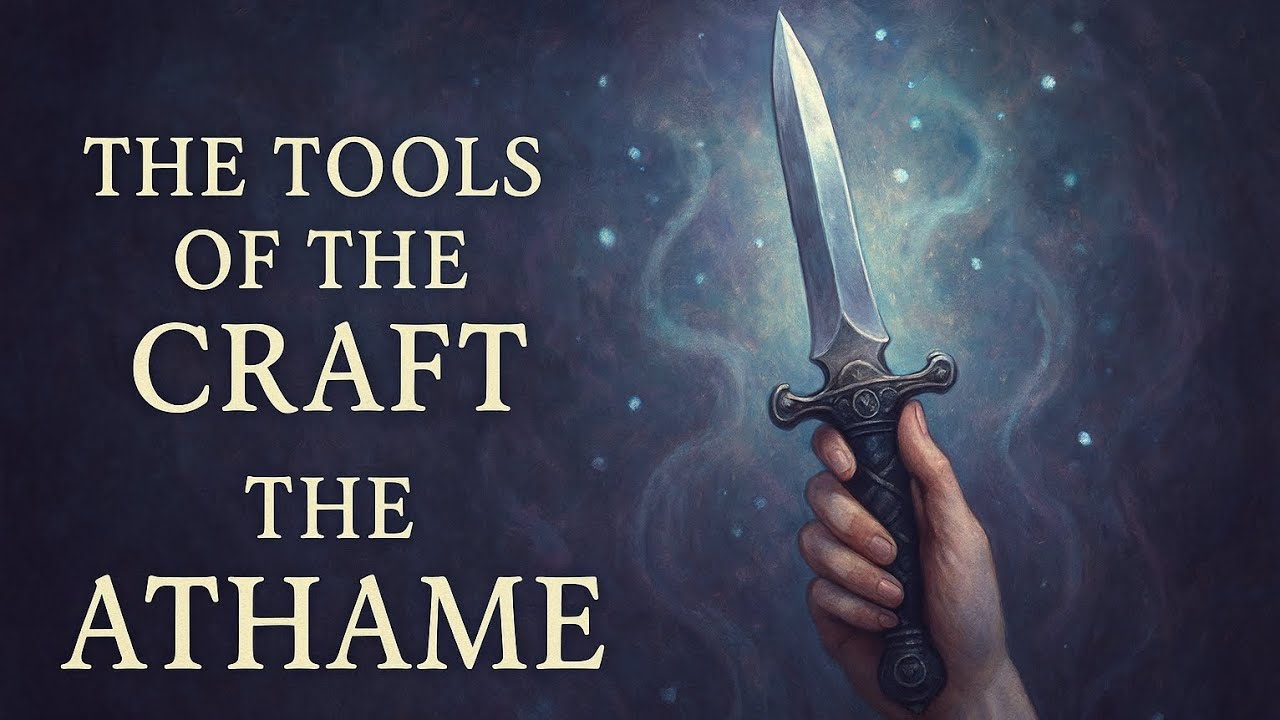
The cauldron is a common tool, though not all modern Wiccans have one. The cauldron has a great deal of history and tradition associated with it, and for Wiccans, it is the vessel where magickal transformations occur, such as brewing and cooking, along with much more mystical purposes. It is also sometimes used to light a fire at certain ceremonies.
Historical and Mythological Cauldrons
There are many cauldrons throughout world history, and they often take different shapes. Historically, the Gundestrup cauldron, found in Denmark, is a silver cauldron, dating back to approximately the first century, BCE. It may have had an initiatory or sacrificial role around that time.
A more modern example would be the cauldron in which the Olympic flame burns during the Olympic Games. This ancient practice was revived at the 1936 Olympic Games in Berlin.
Mythological examples of cauldrons include the Holy Grail. Though technically a chalice, and not a cauldron, it still is a vessel for magickal transformation, and so can be placed in this category. Other mythical cauldrons are the Cauldron of Dagda, from which no company ever went from it unsatisfied, and the Cauldron of Dyrnwch the Giant, which was said to be able to tell brave men from cowards.
Wiccan Symbolism of the Cauldron
Wiccans see the cauldron as a powerful symbol of the Goddess. It is the manifestation of fertility and femininity. It is associated with the element of water and the west, and has connections with reincarnation and rebirth. In modern Wicca, it is the tales of Cerridwen's cauldron that have the greatest impact on how the cauldron is viewed.
Tips on Selecting a Cauldron
Depending on the ritual, the cauldron may be used for different purposes. It spring or summer, it can be filled with water and flowers. In the winter, it might have a fire lit within it. For this reason, cauldrons should be made of cast iron, to resist heat. In addition, they should rest on three legs, and have a mouth smaller than the widest part of the cauldron, if one can be found.
An iron lid is recommended. If it fits snugly, the lid can be used to douse the flames from a fire. These can be hard to find, but are definitely worth the search. The sizes are varied, so it is advised to choose one to suit the needs of the user. For example, a single practitioner probably doesn’t require a cauldron with a diameter of two feet, while an entire coven may wish to invest in one this large.
Cauldrons can be used for scrying if filled with water, since they are already dark enough to stop the reflection of light. The cauldron can also be used for brewing many different Wiccan potions, usually herbal in nature, but most use a pot on a stove today, simply for the convenience.
The use of the cauldron has a long and varied history, from the magickal and ceremonial to the mundane. In Wiccan practice, it is a respected and well-used tool, embodying the very essence of femininity.








